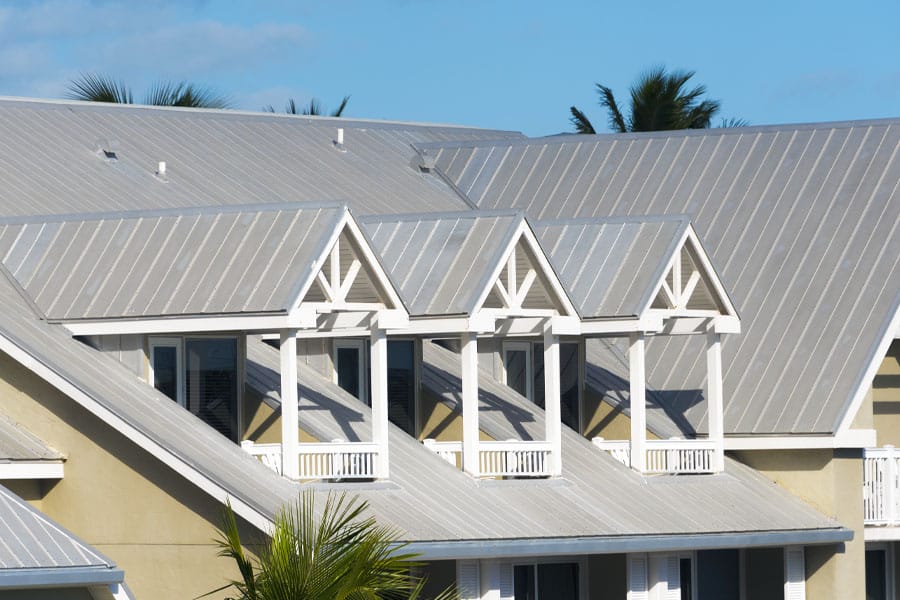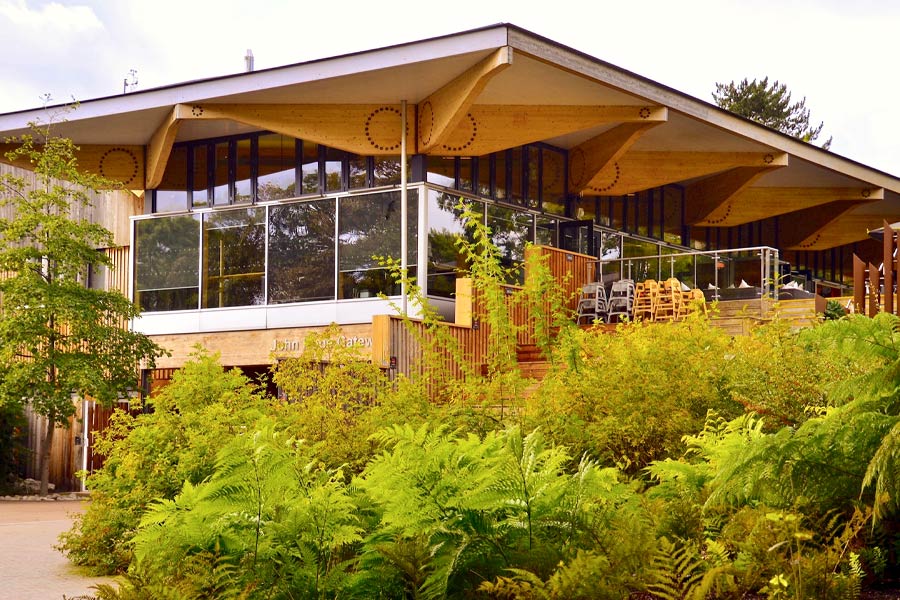For people living in much of the U.K., the night of the 15th of October 1987 has long stuck in their memory.
In what was a freak weather event, an extratropical cyclone built up in the Bay of Biscay before sweeping through Spain, northern and western France and parts of the U.K., generating hurricane-force winds and gusts in excess of 120 mph.
The storm particularly caused havoc across southeastern England. Several people were killed, hundreds of homes were badly damaged, thousands of trees were uprooted, and roads and railway lines were blocked by debris for days.
Thankfully, the Great Storm—as it became known—was a rarity, as hurricanes don’t generally affect western Europe. But for those living in the southeastern corner of the U.S., they have been a part of life for more than a century. And 2021 has proved no different. According to published data, there have been 21 named storms this year, making 2021’s Atlantic hurricane season the third most active on record.
Climate Change Catastrophes
Climate change is cited as a major reason why hurricanes are increasing in both number and ferocity, as warmer sea temperatures serve to intensify tropical storm wind speeds.
The impact of such storms can be catastrophic. Hurricanes Katrina and Ike in 2005 and 2017, respectively, with their immense storm surges causing widespread flooding, were responsible for at least $100 billion worth of damage to property, not to mention the combined loss of more than 1,900 lives.
A new report by financial services firm CoreLogic estimates that in the current hurricane season more than 32 million homes in the U.S. are “at moderate or greater risk” from the damaging effects of such high winds, with the potential cost of restoring affected homes to their pre-hurricane condition standing at a whopping $8 trillion.
Against a backdrop of increasing climate change, hurricanes will likely become more frequent and intense. For those living in their path, the costs of protecting homes and property are only going to rise.
One option is to design and build a hurricane-proof home, or one that has a better chance of withstanding the force of winds that can reach speeds of more than 155 mph.
Build Tall, Build Sturdy
The American Chemistry Council (ACC) highlights the lessons learned in areas prone to hurricane events. Building a house on tall pillars, high above the expected storm-surge water levels, ensures the entire structure is out of harm’s way, the ACC says. It cites a home on Mexico Beach in Florida, the Sand Palace, that has survived not one but two hurricanes, while neighbouring houses were swept away.
The house is built on 40-foot pilings, with 28 feet of this below ground, embedded in a concrete foundation slab, meaning the structure is able to withstand storm surges that can reach up to 14 feet.
While sturdy foundations are crucial, the ACC also emphasises the need to secure the roof of a building, since it is likely to be subjected to severe upward stress by different pressure as winds blow around the structure.
Walls also need to be resilient, with the ACC arguing for insulated concrete forms—interlocking blocks, consisting of foam plastic insulating panels that are filled with concrete on-site—and structural insulated panels, which are reinforced with steel.
Design Is Key
While the structural integrity of a home is vital if it is to survive a hurricane, the design can also play a significant part in protecting it and its occupants.
Circular-shaped buildings stand a better chance of deflecting the power of high winds, allowing them to flow around the structure, creating less force that could lead to damage.
A growing number of companies specialise in building hurricane-resilient homes. North Carolina-based housebuilder Deltec says in addition to the round shape to deflect wind and deep foundation pilings to create added security, hurricane-resilient homes ought to feature:
- Panelised construction, which allows for more predictable structural performance
- The use of thicker panels than are found on ordinary homes, offering protection from debris blown about by high winds
- A steel compression ring, which adds further strength, along with a continuous metal tie system from the roof trusses to the foundations to create greater structural integrity
- Timber beams that have been formulated so they have a higher resilience to wind pressure than standard wooden beams
Protecting the Unprotected
But thousands of homes have already been built in hurricane-prone areas without the technologies developed in recent years. What should owners of such homes do to protect their property?
Making an existing dwelling as hurricane proof as possible involves several steps and can be expensive. Roofs ought to be inspected regularly, with loose tiles or shingles fixed.
Hurricane straps—galvanised steel supports—can be fitted to more securely fasten the roof of a home to its walls, while special hurricane shutters can be used to protect windows, which can often be damaged by wind.
Meanwhile, some insurance companies stipulate that for those in a hurricane area a property’s windows include material such as Kevlar, although such options are not cheap, often 2.5 times the cost of ordinary glass.
Securing a home against the ravages of hurricane-force winds is a challenge that architects, engineers and contractors in those affected parts of the world are rising to meet.












